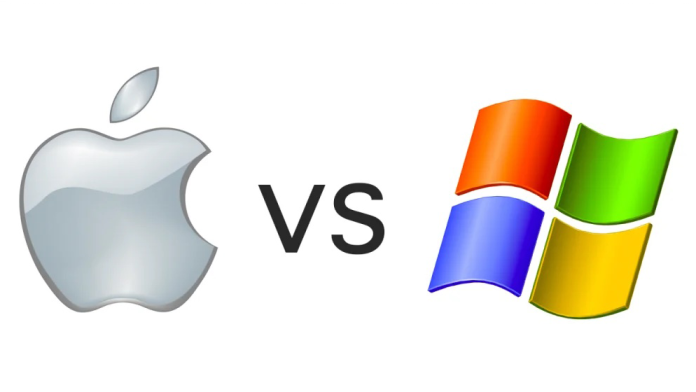In 2002, I made a quiet but deliberate switch from Windows to macOS. At the time, I wasn’t chasing aesthetic appeal or creative software bundles. I was chasing stability—and more importantly, security.
As someone who cut their teeth on mainframes, Novell networks, and early versions of Windows NT, I lived through the days when malware wasn’t just a nuisance—it was a daily occupational hazard. Back then, Windows was everywhere. And I mean everywhere. That kind of global dominance, especially in lower-income markets and unregulated environments, made Windows a prime target for attackers. The operating system became a playground for JavaScript-based malware, exploit kits, and registry hijacks that would make even seasoned sysadmins sweat bullets.
My hunch—one that’s only been confirmed with time—was that this omnipresence of Windows became a curse. It grew into what I call “bloat code”—millions of lines of legacy instructions, often undocumented or poorly audited. Microsoft didn’t have a robust app governance system in the early days, and I say this as someone who managed enterprise networks: it was frustrating watching vulnerabilities get exploited with little recourse.
Apple, on the other hand, always felt like a boutique brand—something for creatives with deeper pockets and a taste for the aesthetically pleasing. But under the hood, it was different. Fewer endpoints meant fewer attacks. A tightly controlled App Store, strong sandboxing, and later, technologies like Gatekeeper and System Integrity Protection (SIP) gave macOS an early advantage that still holds today.
Over the years, both Apple and Microsoft have made strides to improve desktop security. Microsoft has gotten serious with Defender, virtualization-based security, and controlled folder access. And yes, Apple has had its share of vulnerabilities. But here’s the difference: Apple patches quickly, transparently, and thoroughly.
I don’t want to get into brand wars—I’ve used and supported both platforms. But if you’re asking what I personally use for my work, business, and even for developing cybersecurity tools like my upcoming AKLupx Intelligent Firewall, the answer is simple: I’m sticking with Apple. I trust the ecosystem, and I’ve seen the return on that investment in low maintenance costs, minimal downtime, and fewer surprise attacks.
Yes, the gear costs more. But I’ve always believed that you either pay for security upfront, or you pay for the breach later. And trust me, the breach costs more.
So while attackers are starting to look toward macOS as their next frontier, I’m confident Apple is ready for them—and so am I. Good computing habits, paired with a responsible vendor, keep my threat level low. Twenty years later, I have zero regrets.
Stay safe out there.
- Cracks are forming in Meta’s partnership with Scale AI
- Spotlight on AI at TechCrunch Disrupt: Don’t miss these sessions backed by JetBrains and Greenfield
- TikTok now lets users send voice notes and images in DMs
- Uber and Lyft drivers in California win a path to unionization
- Tesla challenges $243 million verdict in Autopilot death trial





